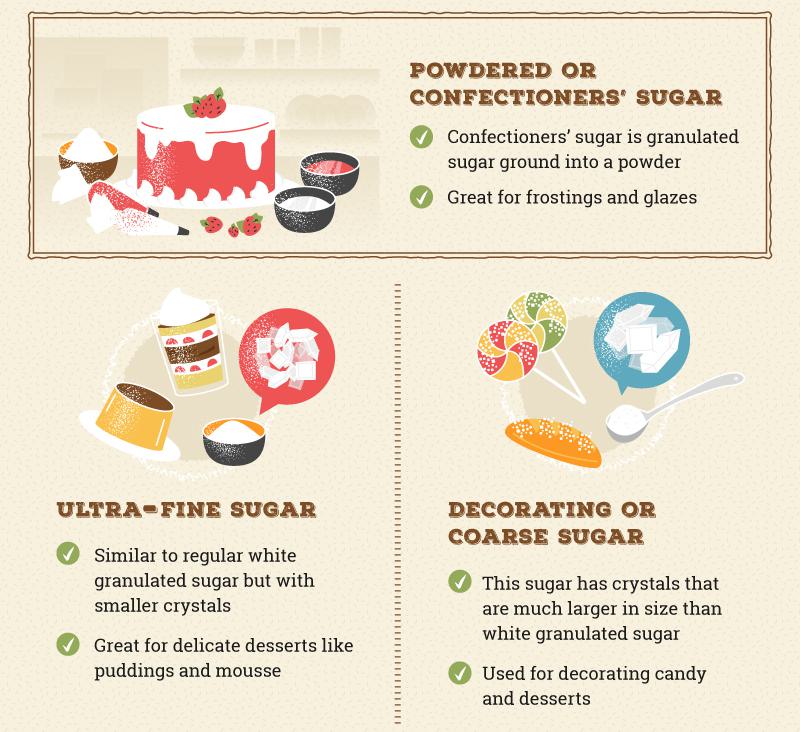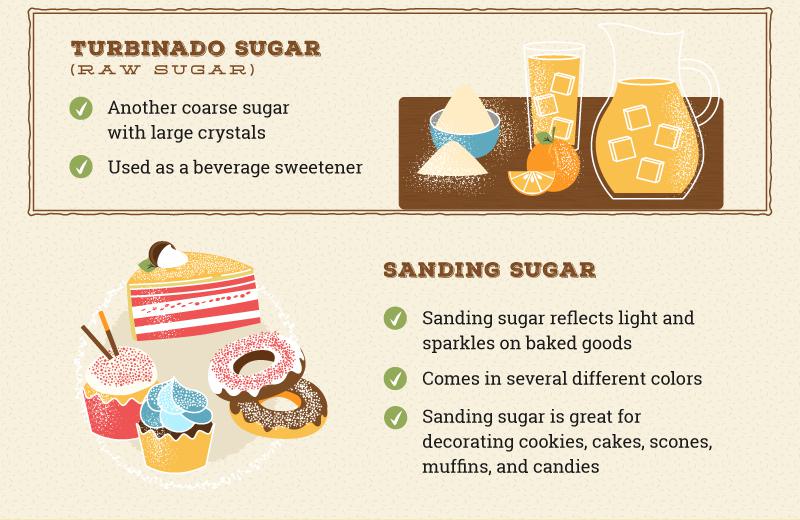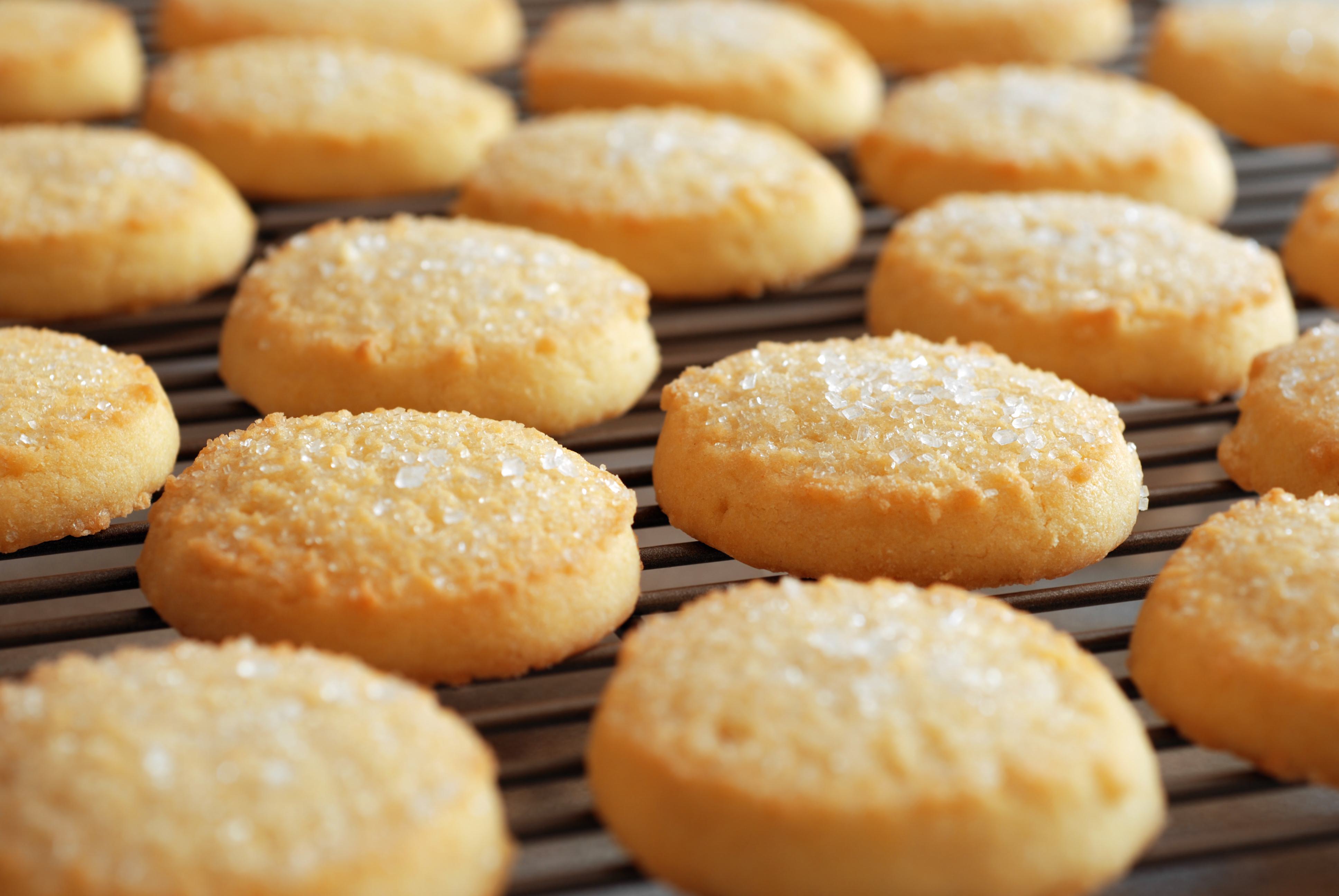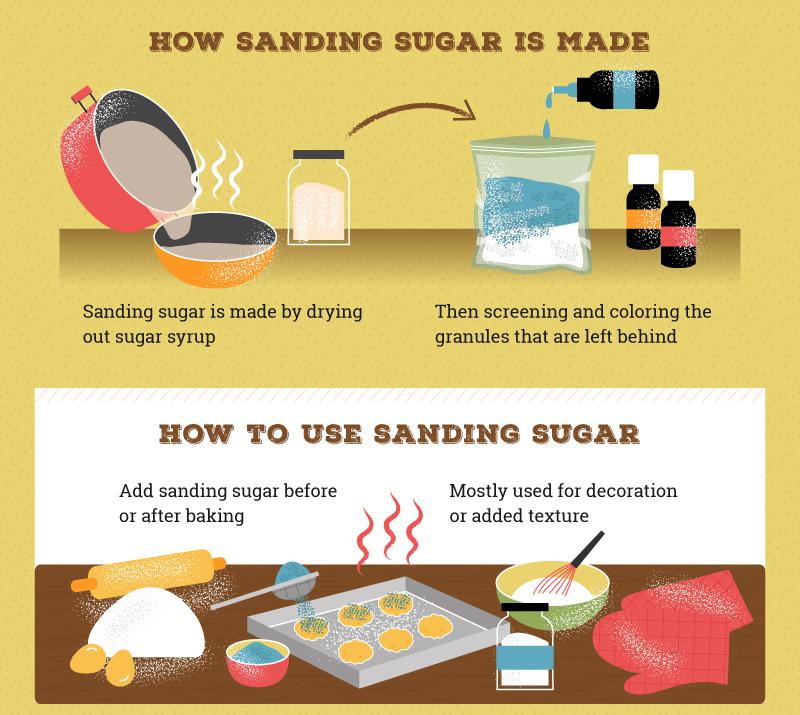
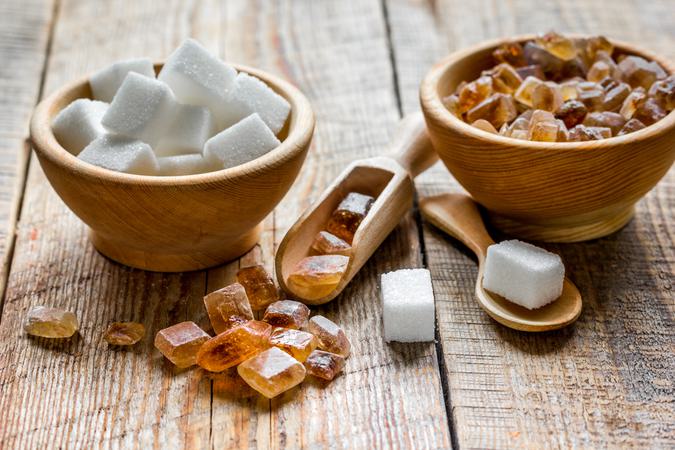
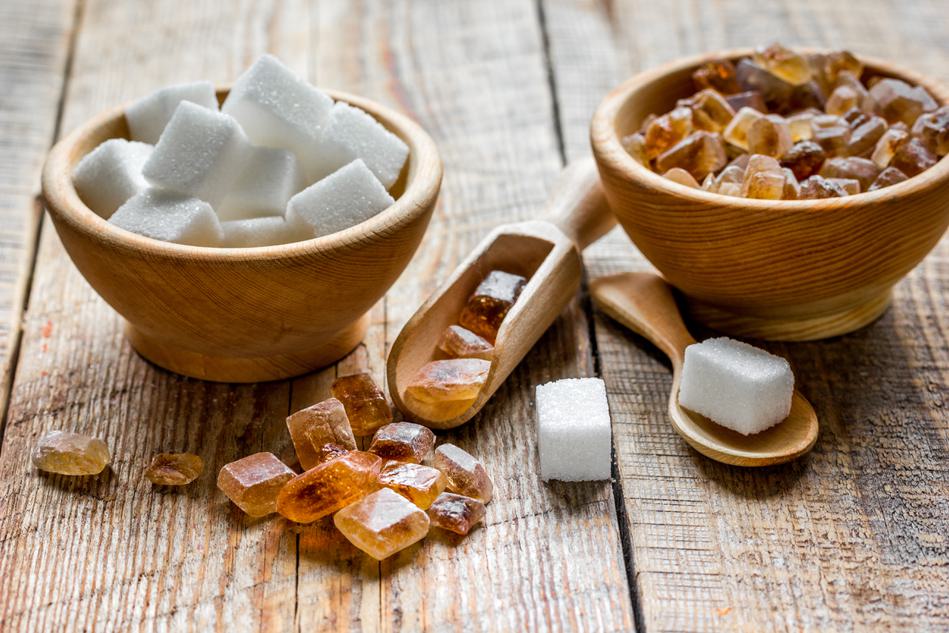
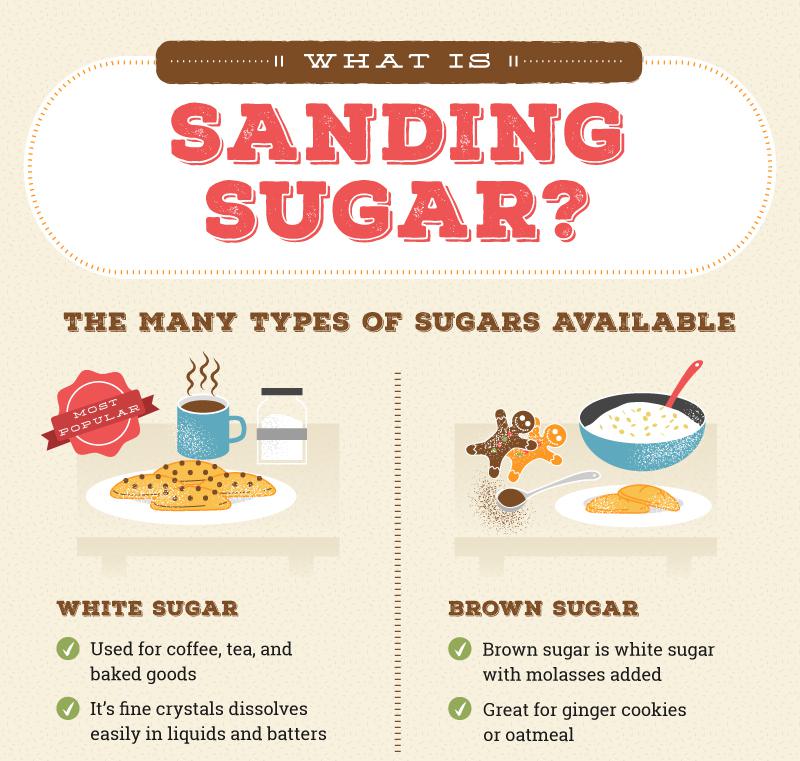
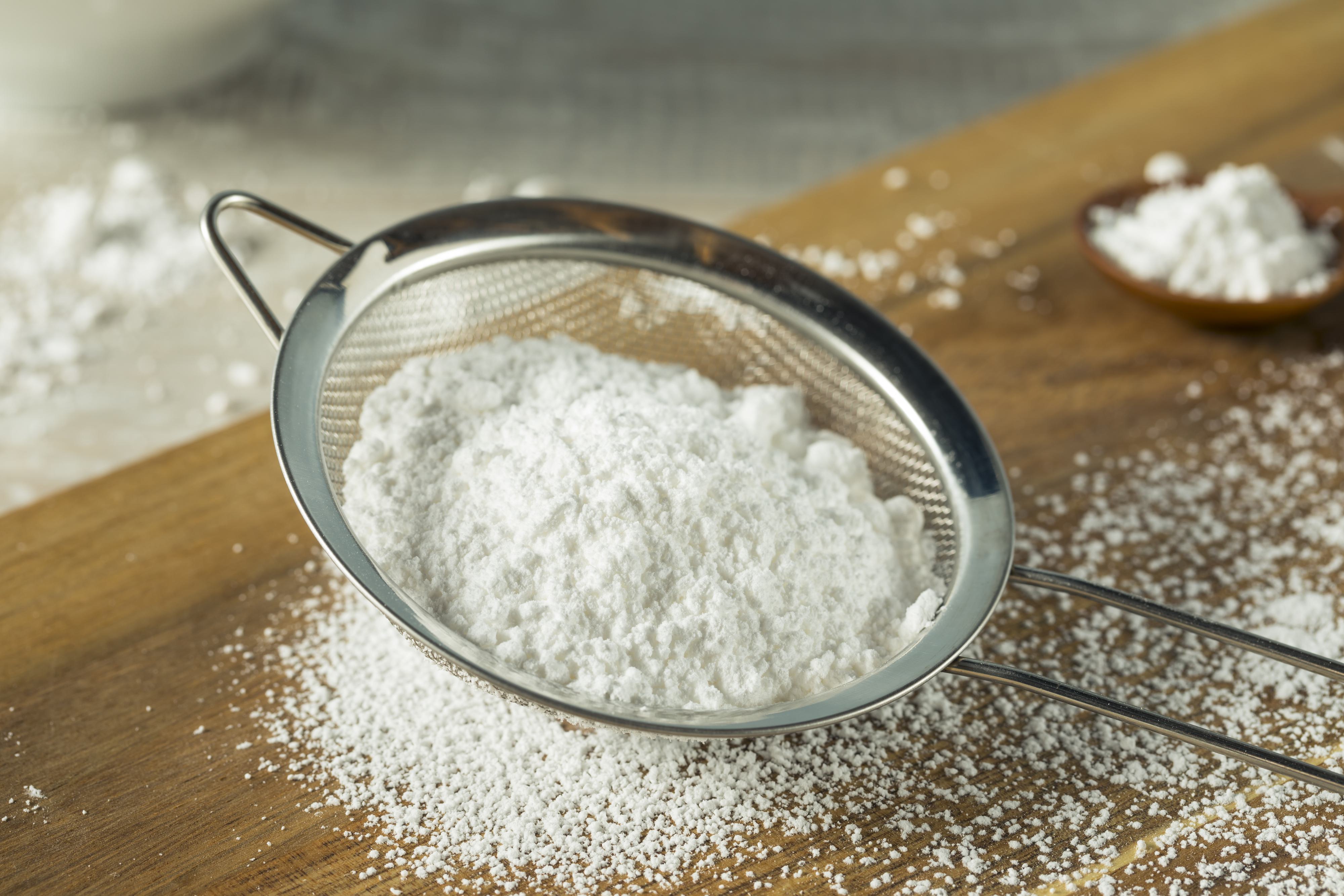 Powdered sugar, sometimes called confectioners' sugar, is basically white granulated sugar that is been ground to a fine powder. It's usually mixed with cornstarch to prevent it from caking, and it is the most common type of sugar used in frostings and glazes.
Powdered sugar, sometimes called confectioners' sugar, is basically white granulated sugar that is been ground to a fine powder. It's usually mixed with cornstarch to prevent it from caking, and it is the most common type of sugar used in frostings and glazes.
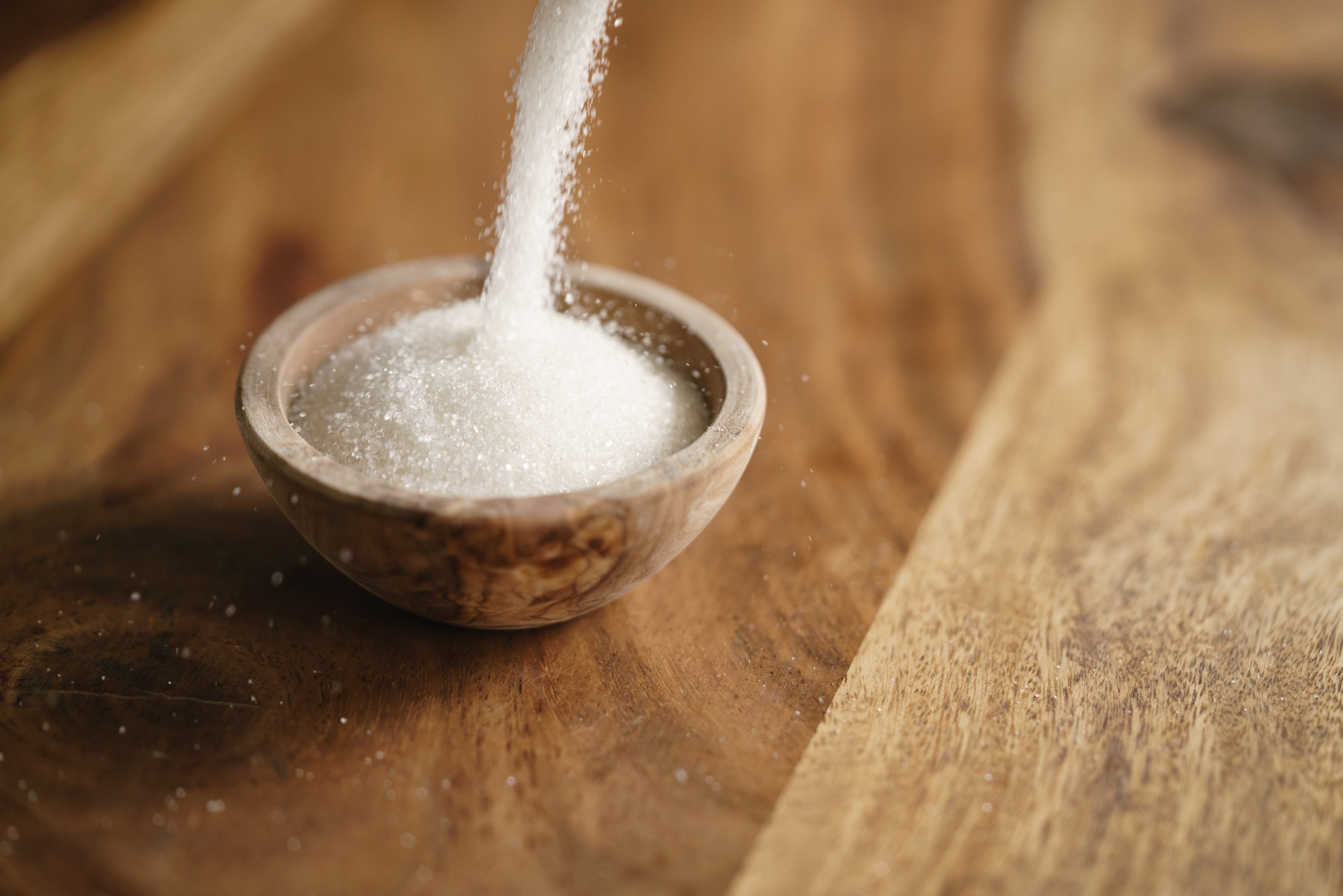 Ultra-fine sugar is a version of regular white granulated sugar with smaller crystals, although its not quite as fine as powdered sugar. It works well in delicate desserts like puddings and mousse, largely because it doesn't need heat in order to dissolve properly. This makes it ideal for mixing into cold drinks as well, especially if you hate it when your sugar doesnt dissolve!
Ultra-fine sugar is a version of regular white granulated sugar with smaller crystals, although its not quite as fine as powdered sugar. It works well in delicate desserts like puddings and mousse, largely because it doesn't need heat in order to dissolve properly. This makes it ideal for mixing into cold drinks as well, especially if you hate it when your sugar doesnt dissolve!
